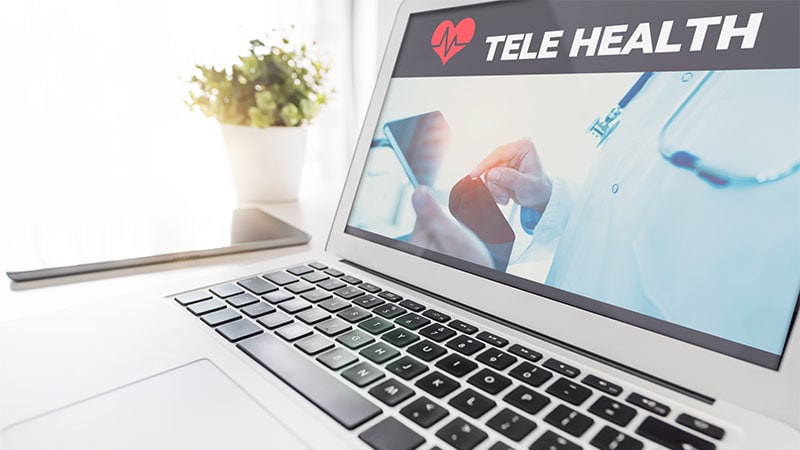Systemlord
Member
I did my part.
Do you think there’s someone at the DEA reviewing every single comment?
Do you think there’s someone at the DEA reviewing every single comment?
IDK exacty but Ive heard from multiple people on this thread and others that they "have to"I did my part.
Do you think there’s someone at the DEA reviewing every single comment?
Agreed!Opioids fall under Schedule II which is already carved out, these proposed rules only target Schedule III to V which includes non-narcotic medications like testosterone and other medications used in mental health and wellness. And there is already regulatory framework in place at the State and Federal level that mitigates diversion, which is the DEA's primary goal here. If you understood what is already in place including Prescription Monitoring Programs it becomes even clearer how unecessary these rules really are. This is the DEA being lazy and obtuse, as these rules were thrown together instead of doing what they were asked to do- that is to create a Special Registration rule for telemedicine prescribers to allow exceptions to the rule. The latter is what many law firms are calling out in their feedback to the DEA because they failed to create it and submitted these rules instead.

Any update on when the decision to have this go through will be?Expansions in telehealth services and increased use of medications for opioid use disorder (MOUD) were associated with significant decreases in fatal drug overdoses during the pandemic, a new study of Medicare beneficiaries shows.
Telehealth services for opioid use disorder (OUD) were used far more often during the pandemic than before COVID-19, and those who used them were 33% less likely to die of a drug overdose.
Investigators also found a significant increase in MOUD use during the pandemic. Fatal drug overdoses were 59% less likely among individuals who received MOUD from an opioid treatment program and 38% less likely among those treated with buprenorphine in an office-based setting.

Telehealth Services Tied to a Major Reduction in Overdose Deaths
The rate of opioid overdose deaths during the pandemic was 33% lower among people who received OUD-related telehealth services and 59% lower among those who received OUD medication from a treatment center.www.medscape.com
There is no set date yetI may have missed it, but when might this take effect if approved?

I thought I had read in multiple places it would be May 31st?There is no set date yet

Nelson, how do the number of comments compare to when the FDA was about to ban hCG?
I dont think anyone truly knows how this will play out moving forward.Does anyone know the deal with being “grandfathered in”? If we have already had a consultation at a telehealth clinic, and are technically a current patient, are the proposed changes applied any differently?
I assume no, but wanted to check anyway.

We use essential cookies to make this site work, and optional cookies to enhance your experience.

